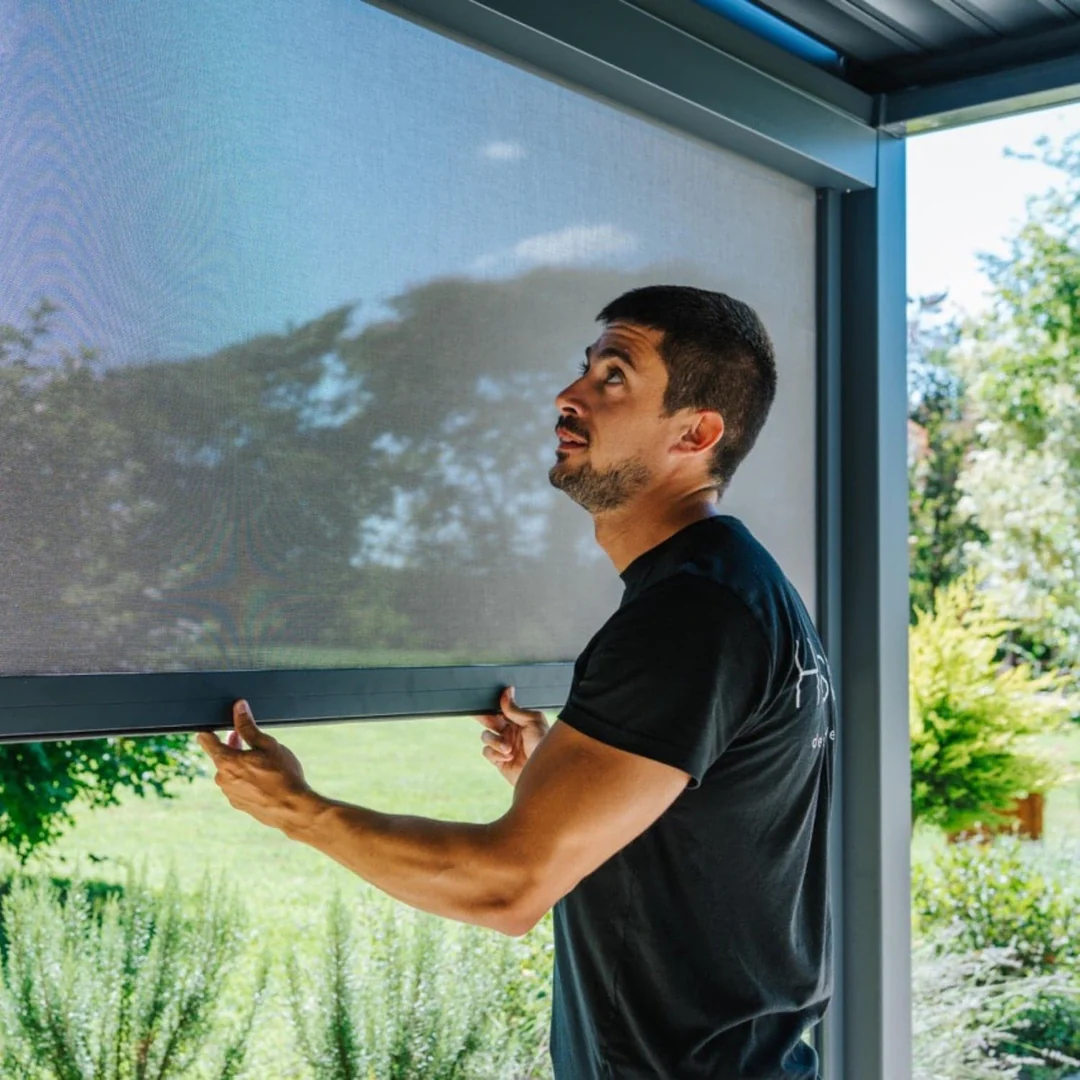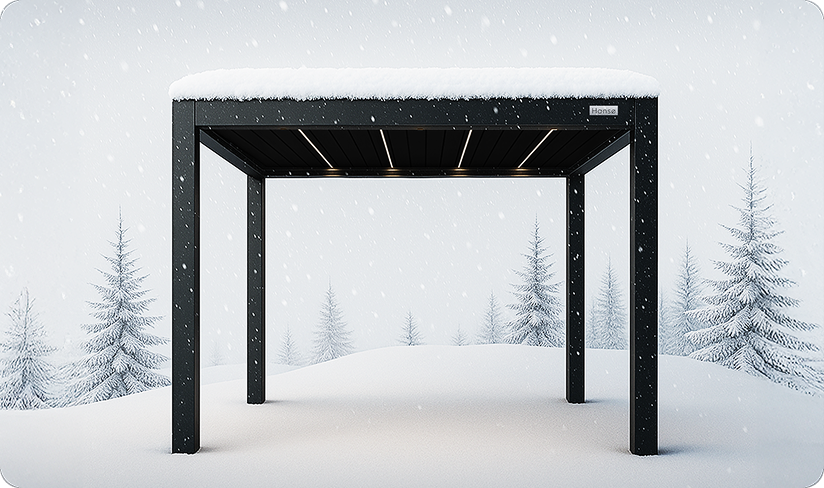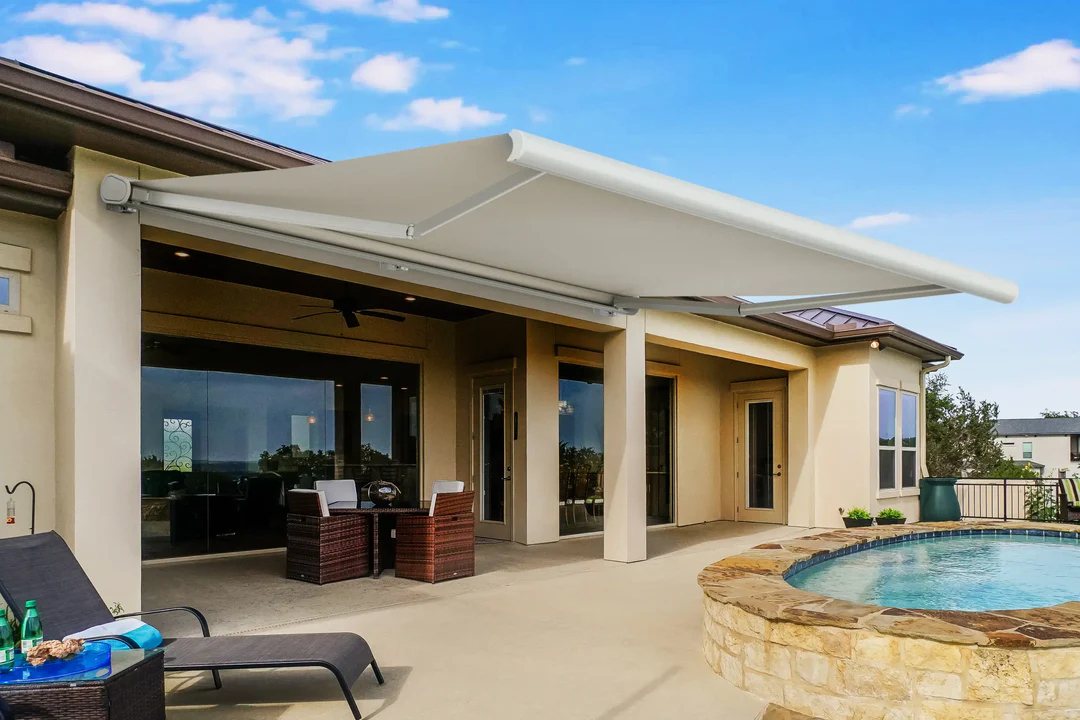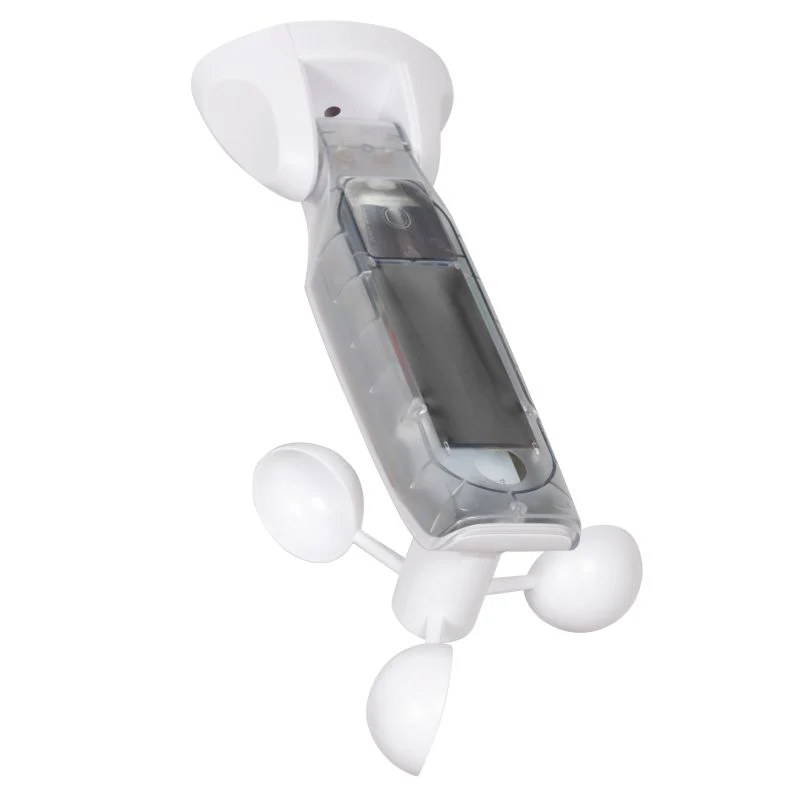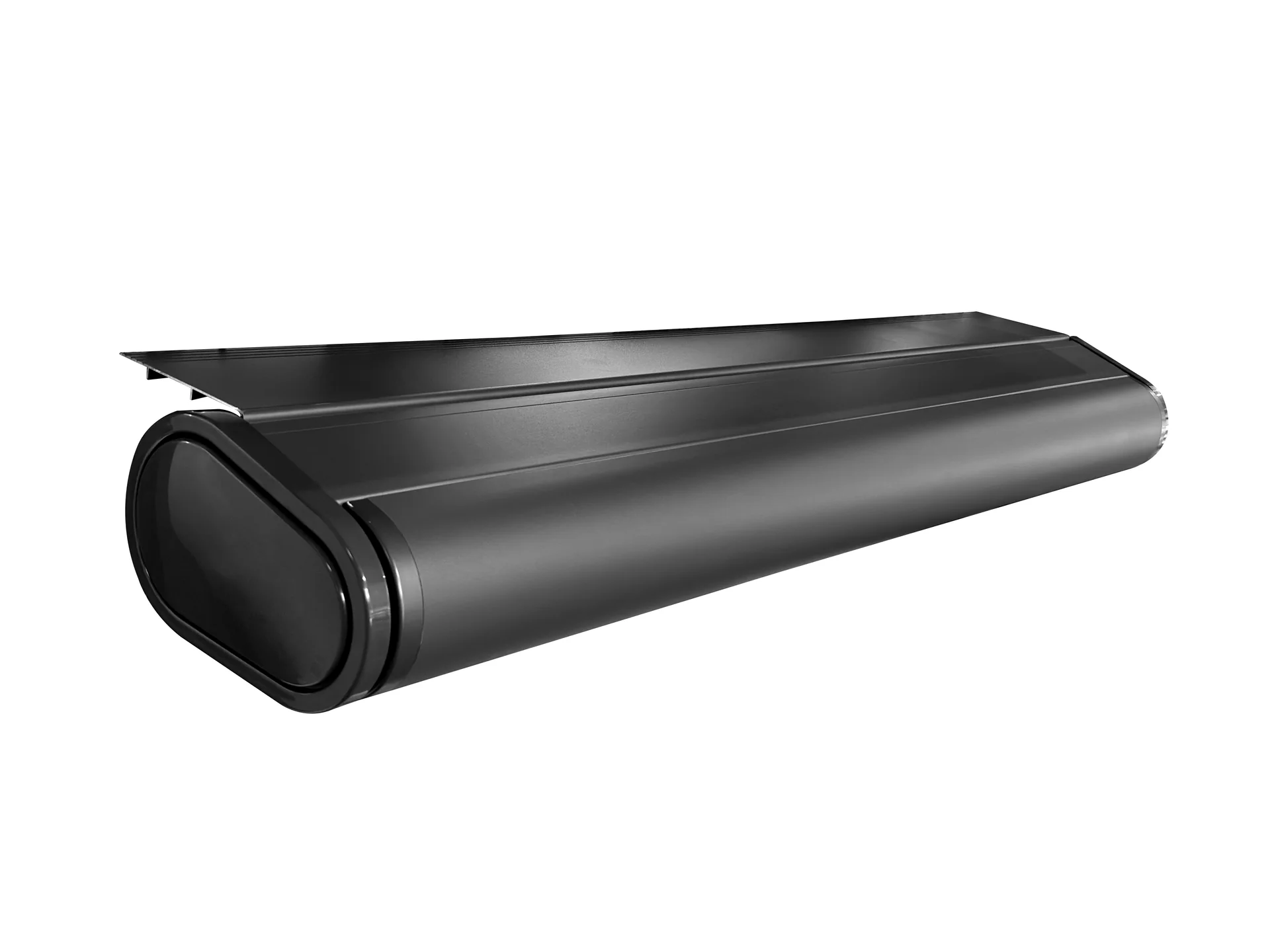How To Anchor A Pergola Without Drilling? (6 Working Tips)
Many homeowners love the look of a beautiful pergola but don't want to damage their property with drills and anchors.
If you're like many homeowners, hesitant to drill into your property to anchor a pergola and wondering how to anchor a pergola without drilling, then, don't worry – there are plenty of ways to anchor a pergola without drilling.
Whether you're looking for a temporary solution or a more permanent option, we've got you covered.
In this article, we'll explore best ways to install, anchor, and secure your pergola without drilling so you can enjoy your outdoor space with peace of mind and with easy installation without any damage to the landscape.

Tips For Installing a Pergola Without Drilling
1. Use Ground Anchors
Ground anchors are an excellent alternative to drilling when it comes to anchoring your pergola to any outdoors. These anchors come in various sizes and shapes, including spiral, arrowhead, and bullet, among others, and are designed to be driven into the surface by a hammer without drilling.
Ground anchors work by providing stability to the pergola legs by resisting lateral and horizontal forces during windy conditions that could cause the structure to shift or collapse.
To use in-ground anchors, you need to attach the base plate to your pergola using cables or straps. The cables or straps are then attached to the anchors and driven into the surface to create a secure foundation.
The key benefit of these earth anchors is that they can be used in a variety of soil types and are comparatively simple to install, making them a popular alternative to drilling-based anchoring techniques for securing a pergola.
2. Use Weighted Planters
Using weighted planters is a great alternative to pergola anchoring techniques that require no drilling.
This method involves filling large planters with heavy materials like rocks or sand and placing them as leg weights at the base of each pergola post or cementing with pergola structure using anchor brackets.
The extra weight provides a sturdy anchor that can withstand winds and other weather elements.
It's important to choose planters that are large enough to hold a significant amount of weight and are made from durable materials like concrete or heavy-duty plastic.
It's also essential to ensure that they are structured correctly on the deck so that the weight is distributed evenly across all four corners of the pergola.
This will help to prevent the pergola from tipping over or leaning to one side. By using a weighted planter, you can not only enjoy the benefits of a pergola without damaging your property with drilled holes but also add elegance and beauty to your outdoor living space by placing climbing plants in the planters.
3. Utilize Concrete Blocks
Utilizing concrete blocks is another effective method of installing a pergola without drilling. Concrete blocks are heavy and sturdy, making them ideal for keeping a pergola in place. To use concrete blocks, simply place them under the base of each pergola post on a deck and patio.
Make sure to choose blocks that are large enough to support the weight of the pergola and the wind load in your area. Once the blocks are in position, secure them to the pergola with anchor brackets or cables.
This will prevent the blocks from moving and keep the pergola stable. Remember to check the blocks periodically to ensure they remain in place and don't shift.
4. Use Sandbags as Leg Weights
Sandbags are a versatile and easy solution for anchoring a pergola or even gazebo without drilling. They are ideal for lightweight vinyl pergolas use on patios or decks where there is limited access to the surface.
To use sandbags, start filling bags with sand. It is important to ensure the bag is heavy enough to keep the pergola stable, but not too much that it becomes difficult to move or adjust.
Once the bags are filled, place them on the base of each pergola post. It is recommended to use at least two sandbags per post for added stability.
However, it is important to note that sandbags are not a permanent method, as they can deteriorate over time due to weather conditions and may need to be replaced periodically.
Additionally, sandbags may not be suitable for areas with high winds or frequent heavy rainfall. It is important to consider the climate and environment in which the pergola will be located before using sandbags as an anchoring solution.
5. Use Cast Iron Weights
Cast iron weights are a great alternative to drilling and can provide a secure anchor point for your lightweight freestanding pergolas.
The first step is to determine how many weights you will need. This will depend on the size of your structure like a pergola or a gazebo and the weight of the frame. Once you have the right number of weights, place them around the perimeter of your pergola at equal distances.
Next, use straps or cables to secure the weights to the pergola frame. Make sure the straps are tight and the weights are evenly distributed. You may also want to add a layer of padding between the weights and the frame to prevent any damage.
Cast iron weights are not only functional, but they can also add a decorative element to your outdoor space. They come in a variety of shapes and sizes, so you can choose weights that match the style of your pergola or pavillion.
However, it's important to note that cast iron weights can easy to move as well. This may be the best option if you plan on frequently relocating your pergola.
However, the weights may not provide enough stability in areas with high winds or extreme weather conditions.
6. Use Concrete Base
Using a concrete base for the pergola column can save you from drilling in your backyard and garden.
It can give your pergola a unique and distinctive look while still maintaining structural integrity. This method involves cementing the pergola posts in the concrete column, which is held 2 to 3 feet above the surface.
This not only secures the pergola firmly in place but also creates a sturdy foundation that can withstand strong winds and other weather elements.
Additionally, you can add decorative elements to the concrete column to enhance the overall aesthetic of your outdoor space.
However, it's important to ensure that the columns are level and properly spaced to prevent any structural issues.
It's also crucial to choose high-quality materials and follow proper installation procedures for optimal safety and longevity.
It is important to note that this method though requires no drilling but it requires a bit more effort and planning.
The columns must be placed at the correct height and level to ensure stability, and the pergola posts must be securely attached to the columns through cementing.
Additionally, this method may require a professional's assistance and the manufacturer's instructions for the proper installation of the concrete anchor columns.

Conclusion
It seems anchoring a pergola without drilling is possible by utilizing various methods. Ground anchors, weighted planters, concrete blocks, sandbags, and concrete columns are all effective options that can provide the required stability and structural integrity to your pergola.
It is important to keep in mind the manufacturer's instructions, pergola roof weight, and size of your pergola, as well as any potential safety hazards when choosing and installing an anchoring method.
Before selecting and installing a method, make sure to carefully evaluate your options and determine which one is the most suitable for your needs.
We do not recommend anchoring pergola without drilling as there is increased risk for pergola to fly away.


